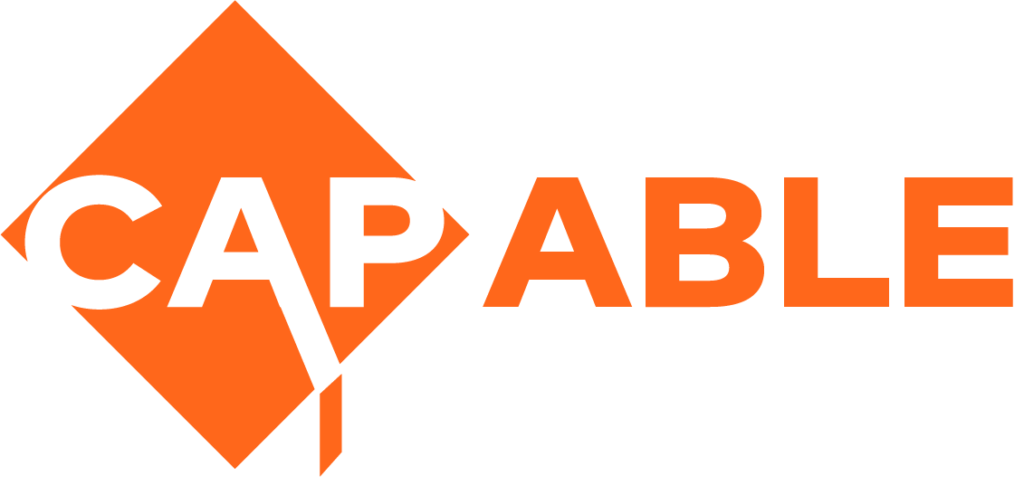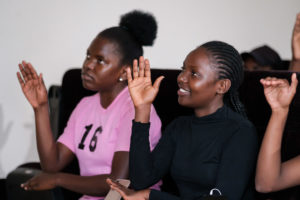
Attitude
What Do We Mean by Attitude?
Attitude as a Barrier
People with disabilities very often experience negative attitudes from their close environment. In some countries, disability is perceived as a curse and is associated with witchcraft or thought to be caused by some wrongdoing in a previous life.
Such beliefs make the family as well as the community feel ashamed about their disabled member, excluding him/her from their gatherings and services offered by the government.
"A widespread belief is that people with disabilities are ‘not productive’ and cannot study and work as persons without disabilities. For example, parents may believe that their visually impaired daughter or son cannot study and therefore, they decide not to invest in his/her education."
As a result, the wrong perception of parents about disability hinders their child’s access to education, minimizing his/her chances of employment later on.
Negative attitudes can both be a conscious thought, or a subconscious thought, where you are not aware that you think this way.
"Besides people having negative attitudes towards people with disabilities, people with disabilities themselves may also feel that they are worthless and in need of support. They may lack self-esteem and feel unable to learn new things.."
Self-stigma and limiting beliefs are complex issues but far too often deeply felt by people with disabilities themselves.
Attitude as an Enabling Factor
"Positive attitudes to disability may serve as an empowering factor that can stimulate people with disabilities to study, acquire a profession, develop skills and live a more independent life.."
For example, a child with a disability who is supported by his parents can develop from an early age self-confidence and belief in his/her abilities and talents.
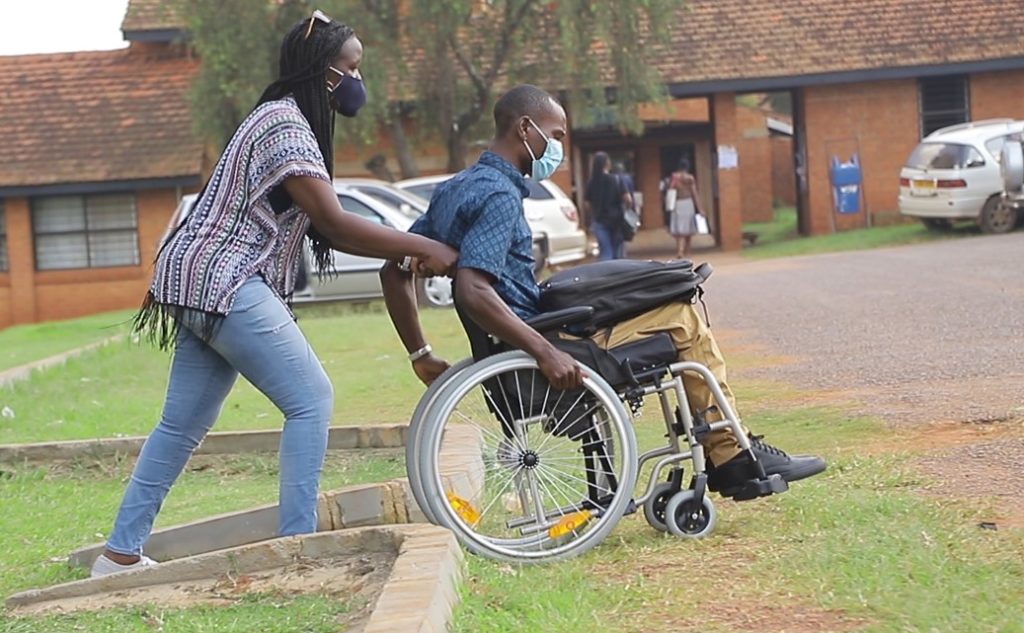
The wider institutional community including management has a vital role to play in shaping and modelling the attitudes towards disability in a higher education institution. If leaders show respect to students and staff with disabilities, it may reduce discrimination among the wider community, thereby offering people with disabilities more space and opportunities to participate.
The Impact of Language
Language is a powerful tool for driving prejudice and discrimination. This is particularly so for disability issues. Historically, people with disabilities have been labelled or called names to emphasize that they are different and do not conform to the societal norms of abilities and beauty. In some cultures in Africa, as in many other parts of the world, individuals with disabilities are addressed by their impairments rather than by their given names.
By using appropriate language, we can…
- Shape positive attitudes and perceptions and
- Avoid keeping up old stereotypes
Disability Etiquette and Respectful Language
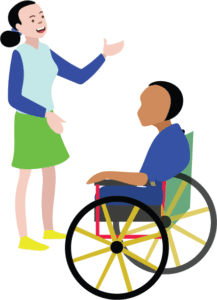
Call a person with a disability by his/her name and refer to a person’s disability only when it is related to what you are talking about.
For example, don’t ask “What’s wrong with you?” Don’t refer to people in general or generic terms such as “the girl in the wheelchair.”
Talk directly to the person with a disability and not to his or her assistant, when you want to talk to the person with a disability.
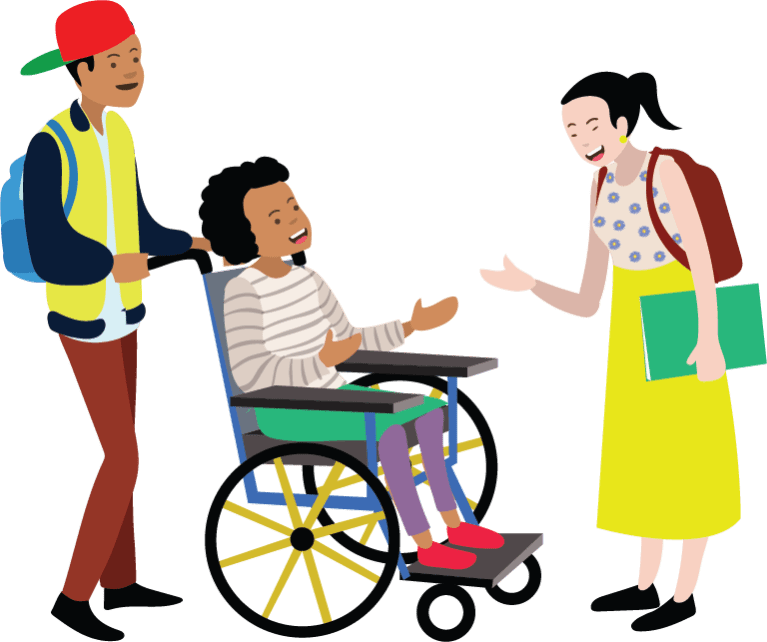
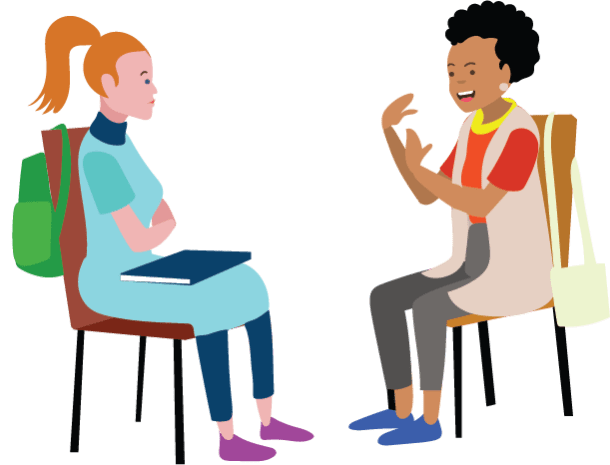
Use person-first language. Person-first language puts the person before the impairment or diagnosis and describes what the person has e.g. “a person with diabetes” or “a person with albinism”.
Don’t reduce people to their condition, like “a diabetic” or “an albino”. A person is foremost a person and secondly a person with some trait.
Ask people with disabilities which term they prefer to use if it is necessary to discuss their impairment.
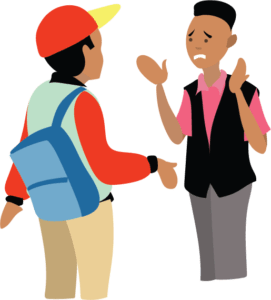
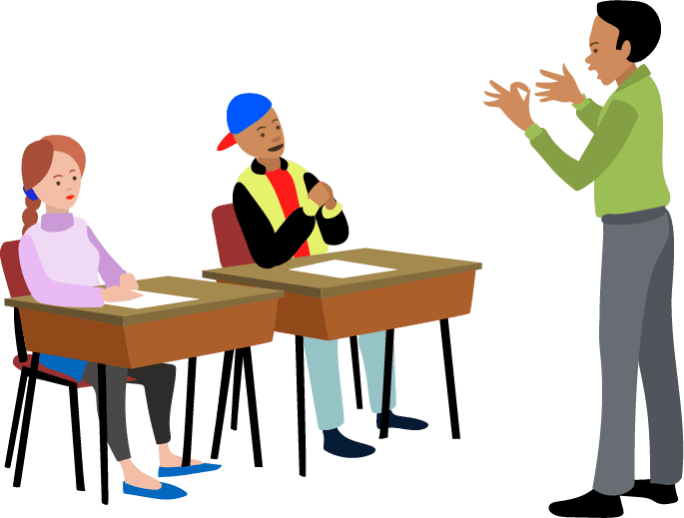
When talking about people without disabilities, it is okay to say “people without disabilities.” But do not refer to them as “normal” or “healthy.” These terms can make persons with disabilities feel as though there is something wrong with them and that they are “abnormal.”
Avoid the use of Acronyms like PWD or WWD. It is not nice to reduce people to an acronym.
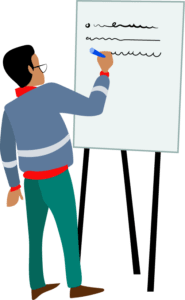
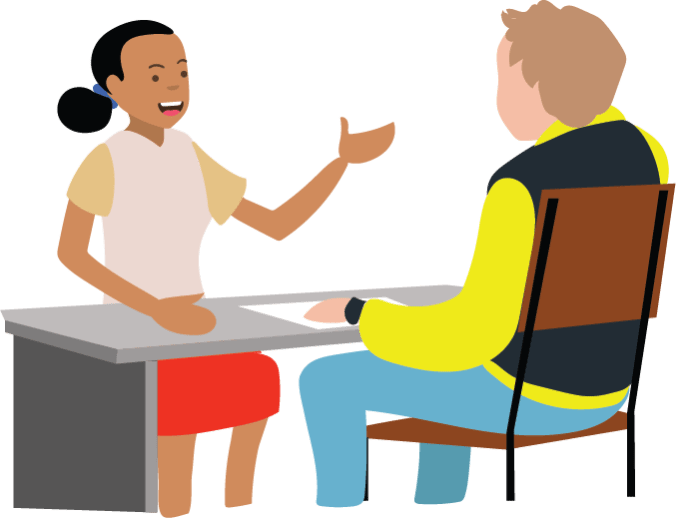
It is not necessary to use softened/indirect language: such as people with different abilities.
Related Articles


My Journey to Decent Work: Irene’s Story

Smashing the Glass Ceiling: Ashar’s Story
Other Links
RECEIVE OUR UPDATES
- →
-
Chat with Us!
Do you have a comment, suggestion, question or request for more information? Let us know!
